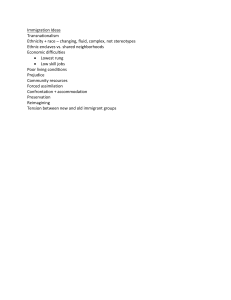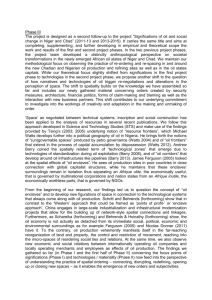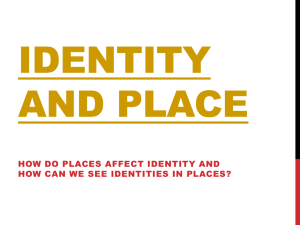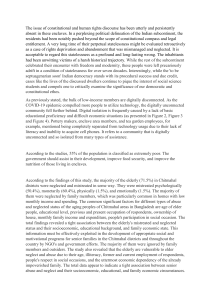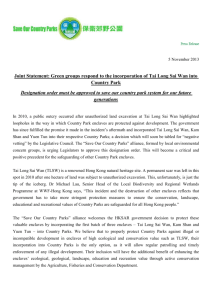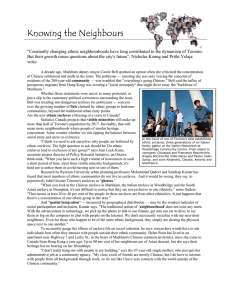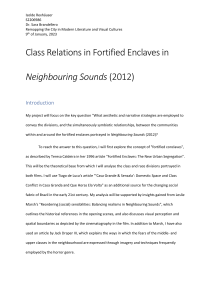Executive Summary Balancing Access to Health Data and Privacy:
advertisement
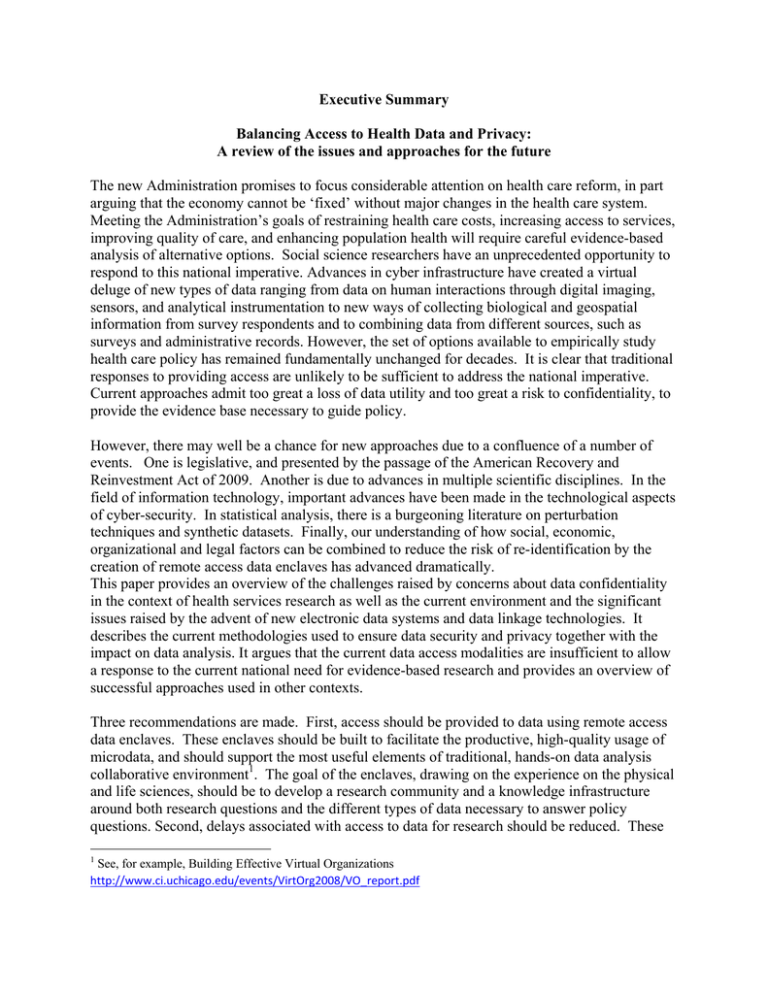
Executive Summary Balancing Access to Health Data and Privacy: A review of the issues and approaches for the future The new Administration promises to focus considerable attention on health care reform, in part arguing that the economy cannot be ‘fixed’ without major changes in the health care system. Meeting the Administration’s goals of restraining health care costs, increasing access to services, improving quality of care, and enhancing population health will require careful evidence-based analysis of alternative options. Social science researchers have an unprecedented opportunity to respond to this national imperative. Advances in cyber infrastructure have created a virtual deluge of new types of data ranging from data on human interactions through digital imaging, sensors, and analytical instrumentation to new ways of collecting biological and geospatial information from survey respondents and to combining data from different sources, such as surveys and administrative records. However, the set of options available to empirically study health care policy has remained fundamentally unchanged for decades. It is clear that traditional responses to providing access are unlikely to be sufficient to address the national imperative. Current approaches admit too great a loss of data utility and too great a risk to confidentiality, to provide the evidence base necessary to guide policy. However, there may well be a chance for new approaches due to a confluence of a number of events. One is legislative, and presented by the passage of the American Recovery and Reinvestment Act of 2009. Another is due to advances in multiple scientific disciplines. In the field of information technology, important advances have been made in the technological aspects of cyber-security. In statistical analysis, there is a burgeoning literature on perturbation techniques and synthetic datasets. Finally, our understanding of how social, economic, organizational and legal factors can be combined to reduce the risk of re-identification by the creation of remote access data enclaves has advanced dramatically. This paper provides an overview of the challenges raised by concerns about data confidentiality in the context of health services research as well as the current environment and the significant issues raised by the advent of new electronic data systems and data linkage technologies. It describes the current methodologies used to ensure data security and privacy together with the impact on data analysis. It argues that the current data access modalities are insufficient to allow a response to the current national need for evidence-based research and provides an overview of successful approaches used in other contexts. Three recommendations are made. First, access should be provided to data using remote access data enclaves. These enclaves should be built to facilitate the productive, high-quality usage of microdata, and should support the most useful elements of traditional, hands-on data analysis collaborative environment1. The goal of the enclaves, drawing on the experience on the physical and life sciences, should be to develop a research community and a knowledge infrastructure around both research questions and the different types of data necessary to answer policy questions. Second, delays associated with access to data for research should be reduced. These 1 See, for example, Building Effective Virtual Organizations http://www.ci.uchicago.edu/events/VirtOrg2008/VO_report.pdf delays act to reduce both data utility and do not reduce the risk associated with data access. Often research has been funded and review of usefulness is redundant; these reviews serve to prolong the approval process and discourage use of data, but do not lead to enhanced protection. Third, a broad body of knowledge should be built about the availability of existing technologies for data access. Standards should be promulgated that facilitate use of best practices in protection of PHI, including standards for data security, so that each data provider does not have to “reinvent the wheel”.
